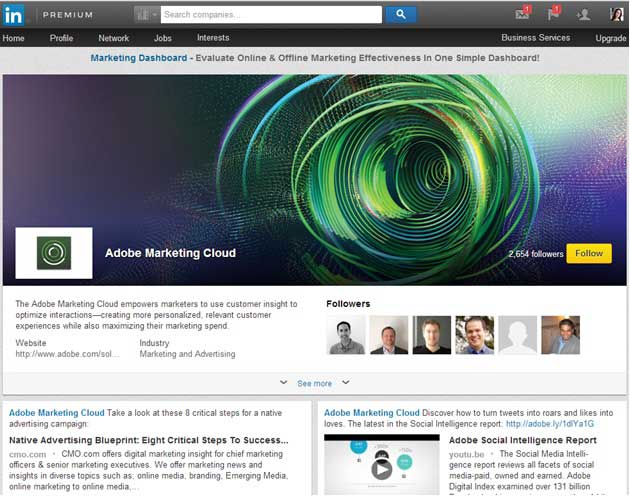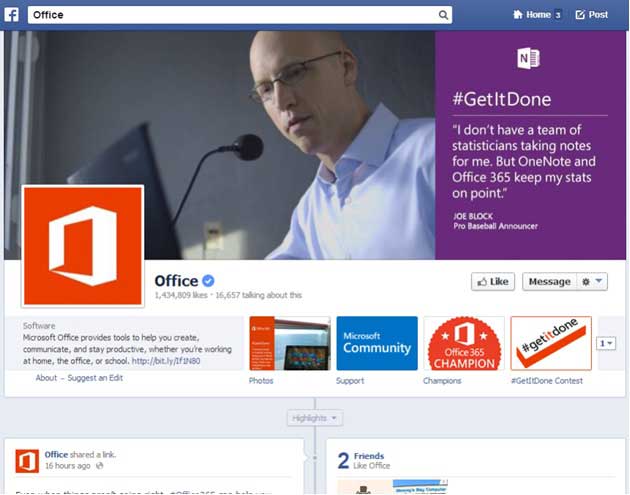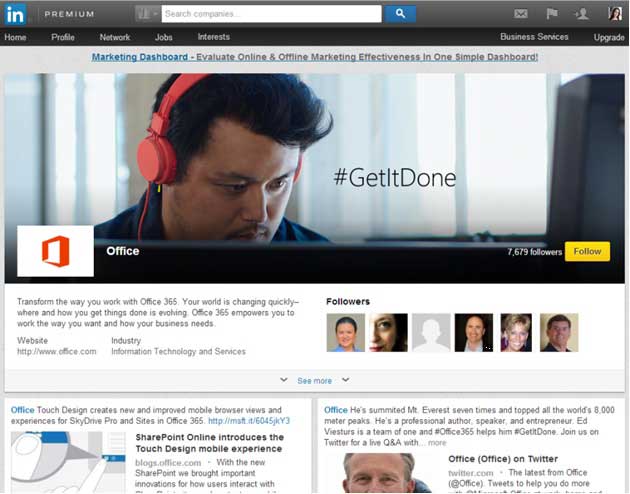LinkedIn has become one of the most powerful social media platforms both for individual professionals and for companies. Although LinkedIn Company Pages has been around for several years, the network recently made a move toward a more targeted approach, allowing companies to create Showcase Pages in addition to their existing Company Page, thus extending their presence within the platform.
Via Showcase Pages, you can promote a specific brand or product to a targeted group of followers. A great example is Adobe's Marketing Cloud Page, providing content updates for marketers, including product information, how-to articles, and case studies.

On the surface, Showcase Pages are a big departure from LinkedIn Company Pages (we'll compare them in more detail later on), and they have a similar look and feel to Facebook Pages. And that makes sense: With more than 5 billion Facebook users, it's safe to say that the Facebook interface is familiar to those of us perusing the Internet for content about our favorite brands, products, and topics.
As with Twitter's unveiling of Custom Timelines, the introduction of Showcase Pages is in line with the trend toward a more customized approach to content marketing.
Smart marketers realize that creating custom content streams that are highly targeted and highly relevant is a sustainable and winning long-term strategy. LinkedIn's mantra—getting the right content to the right people—is indicative of that trend, and the company has been demonstrating a move toward that approach.
Showcase Pages vs. Company Pages
In contrast to LinkedIn's Company Pages, its Showcase Pages are focused on one aspect of your business. With Company Pages, you can highlight multiple products, maintain a careers section, and provide in-depth information about your company.
The purpose of a Showcase Page, on the other hand, is to create a dedicated space for your prominent brands, products, and other initiatives, allowing people to follow the page for related content. The Showcase Page exists in addition to your Company Page (not instead of it).
Both pages also allow you to share content and sponsor posts. They key difference is in the type of content you'll choose to share and sponsor within each page.
Showcase Pages vs. Facebook Pages
Although brands may have a Facebook page dedicated to their company, in general, many have also created a Facebook presence for specific brands and products to take advantage of the powerful network effect.
Here's an example from the folks at Microsoft: With over 1.4 million followers, the Office Facebook Page content has posts related to using the product, but it also includes more lifestyle-based content that caters to people "working at home, the office, or school."

In contrast, Microsoft's Office Showcase Page on LinkedIn appears to focus more on productivity and getting things done in the workplace. Although that approach may change in the future as its social strategy evolves, the key takeaway here is to ensure that you're catering the content on your Showcase Page (or Facebook Page, for that matter) to your audience and how they interact with the particular platform.

What to Showcase
Creating a Showcase Page is easy; but, before diving in, put some thought into what your organization's goals are and what you should accordingly feature. As noted earlier, you can create a Showcase Page around one of your brands or a specific product or service. But you can also get creative: Create a Showcase Page that caters to one of your key buyer personas, position yourself as a thought leader around a topic, or use it as a way to promote a major event that your company runs annually.
Learn more about how to create your Showcase Page and read the official LinkedIn announcement.




